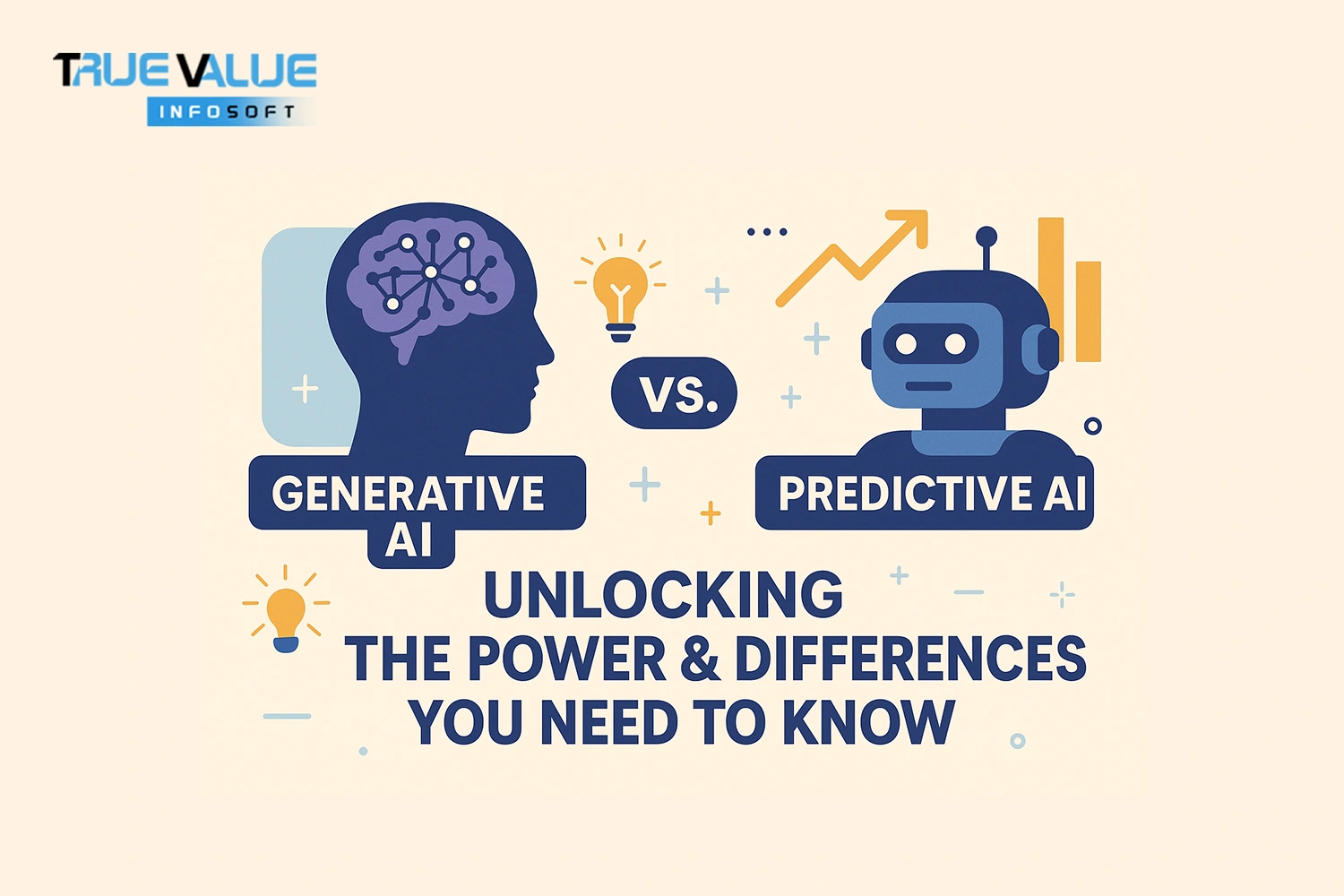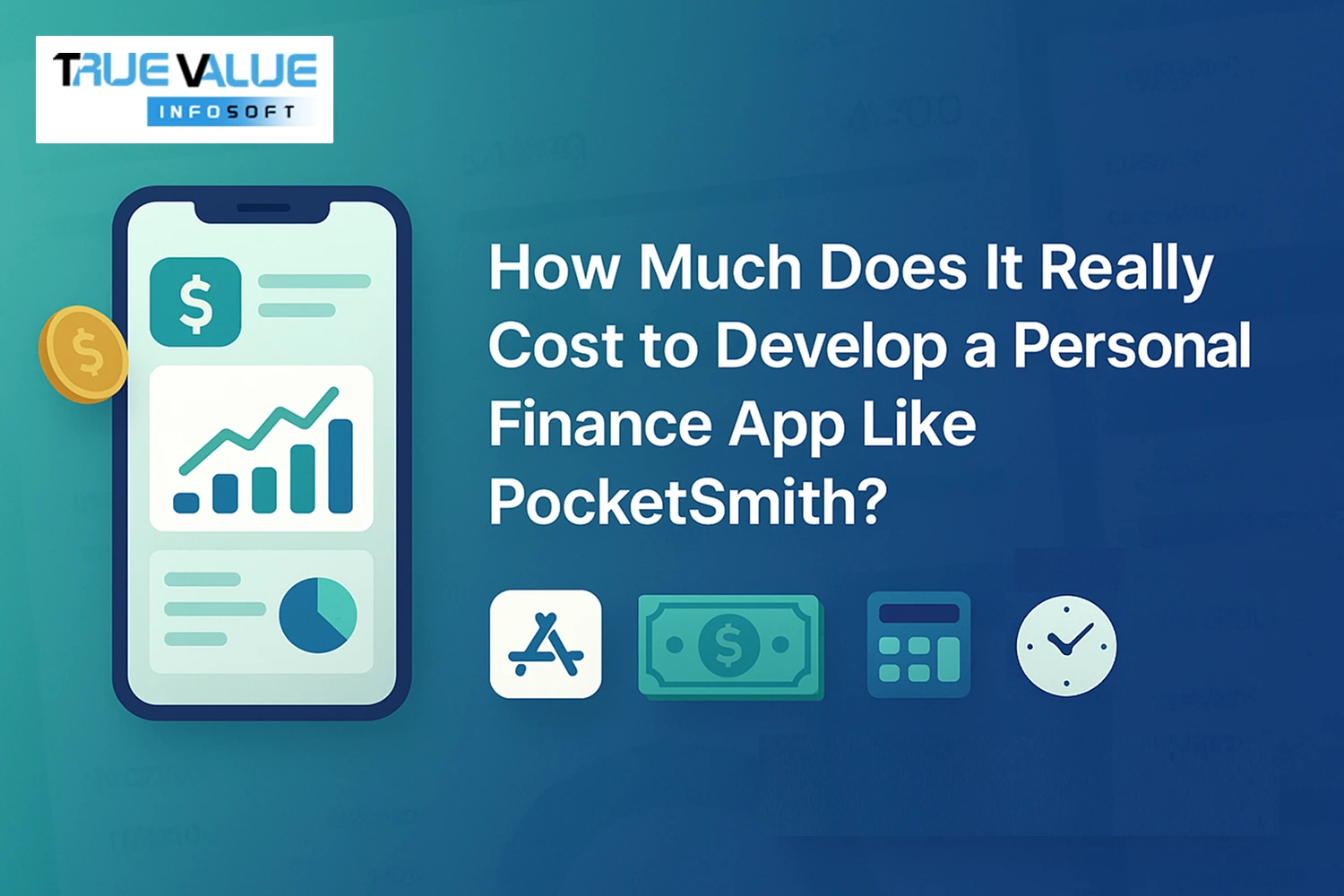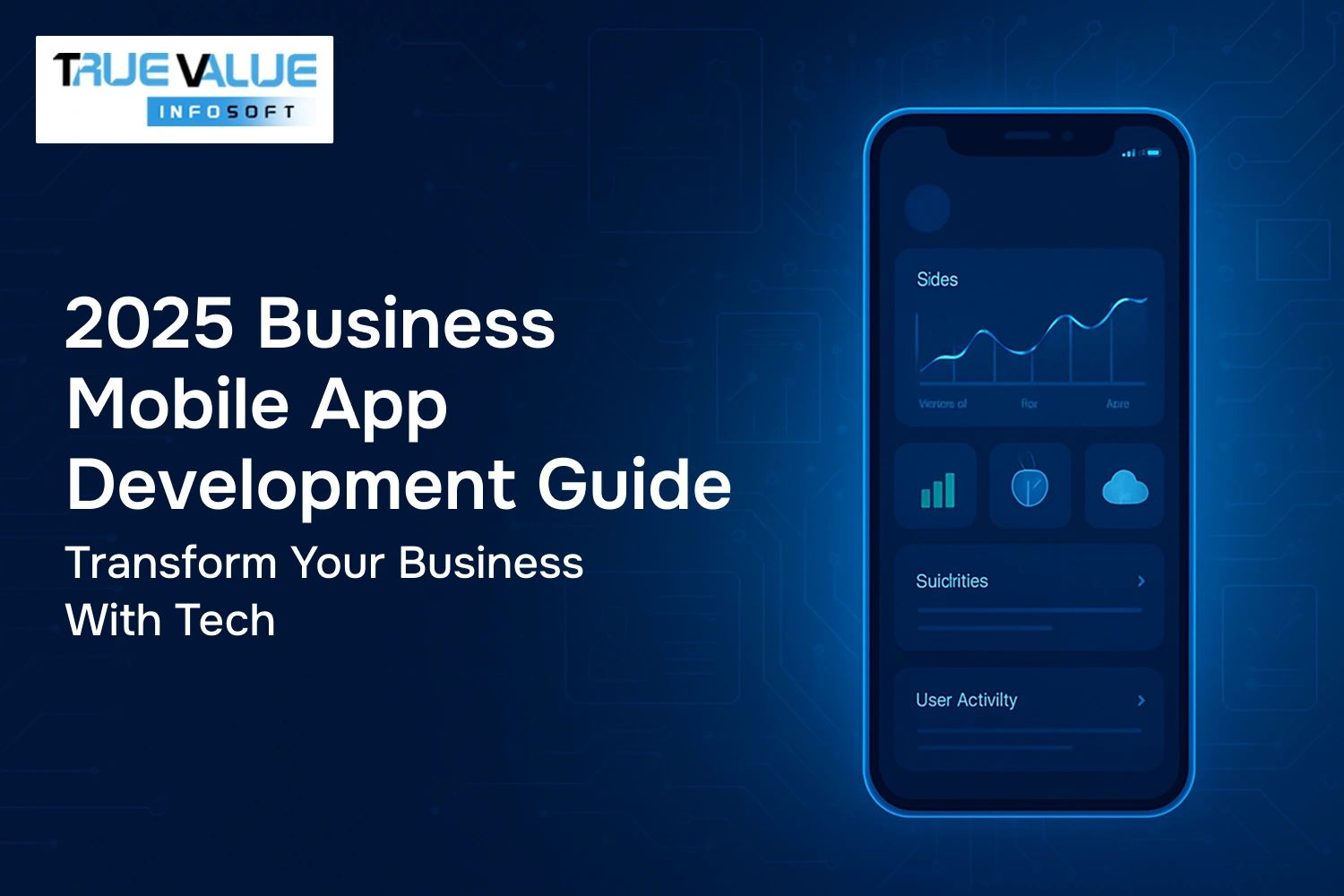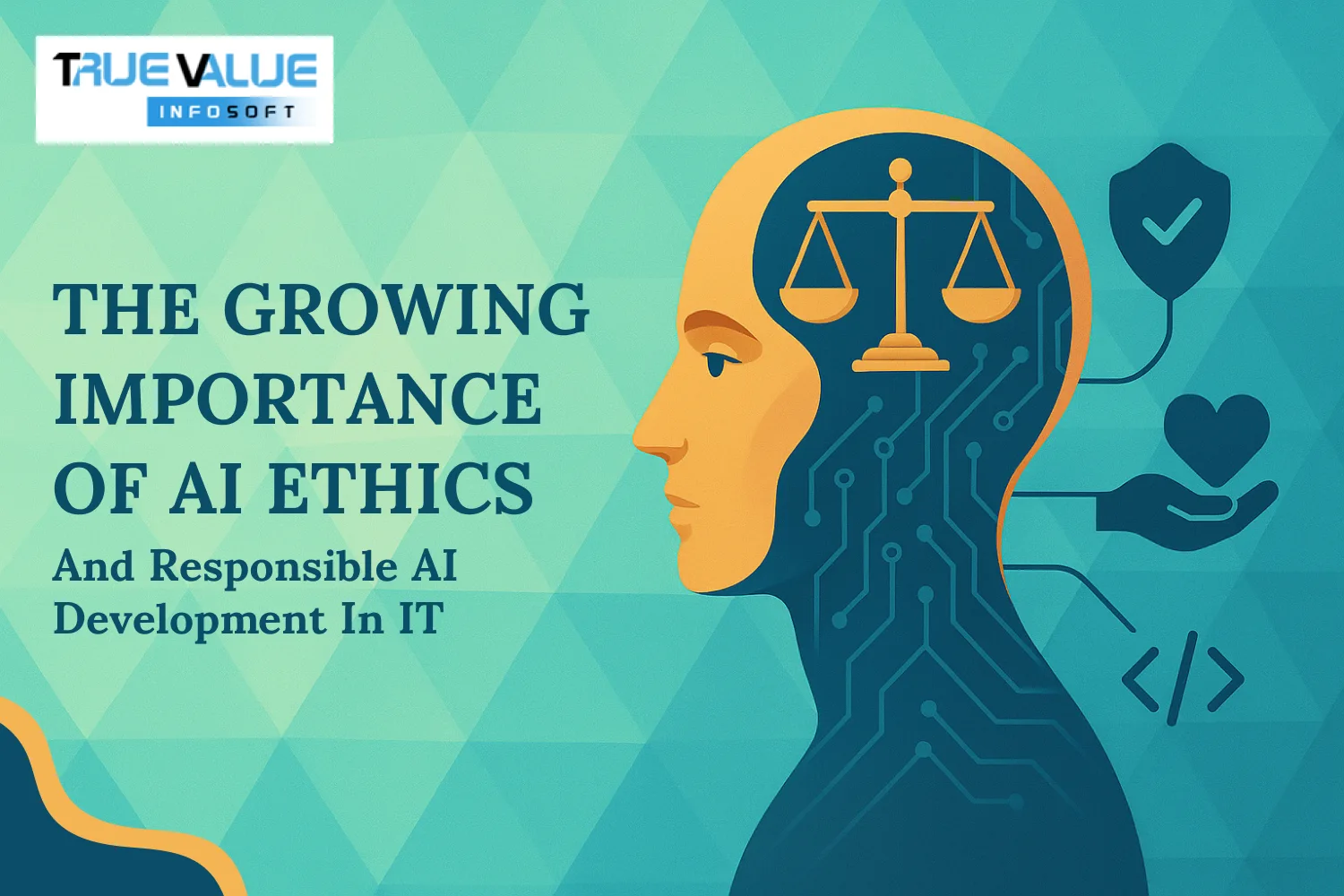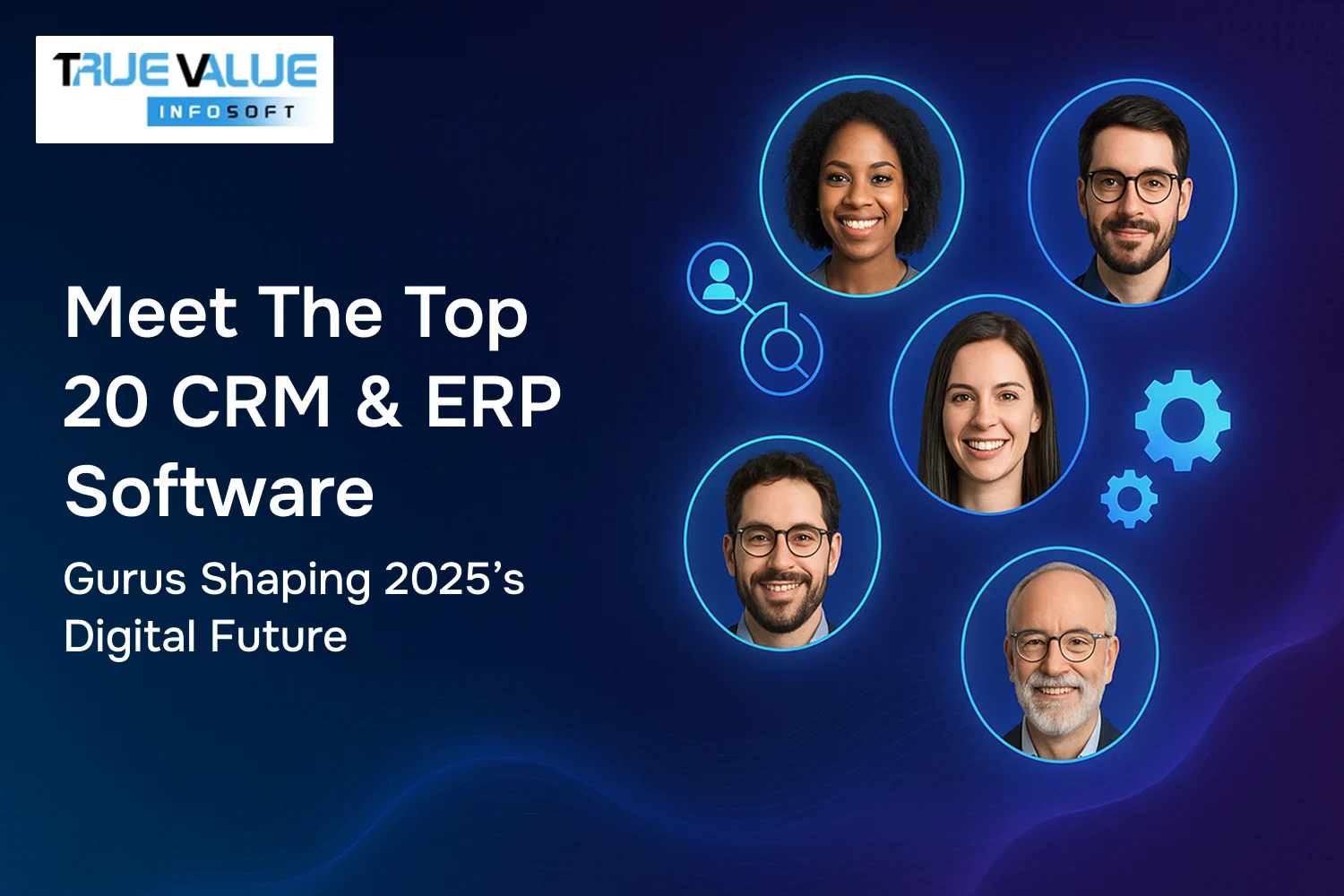Introduction
Curious about how artificial intelligence is transforming the way businesses operate and innovate? In today’s fast-paced digital world, understanding the different types of AI is crucial for staying ahead of the competition. Two of the most powerful AI approaches reshaping industries in 2025 are Generative AI and Predictive AI. But what exactly sets them apart, and how can you leverage their unique strengths to unlock new opportunities for your business? At True Value Infosoft, the best AI app development company in India, we believe that mastering these AI technologies is key to driving innovation and delivering exceptional value to clients worldwide.
Generative AI excels at creating new content—from writing engaging text and designing graphics to composing music and generating synthetic data—offering limitless possibilities for creativity and personalization. Predictive AI, on the other hand, focuses on forecasting future outcomes by analyzing historical data, empowering businesses to make data-driven decisions, optimize operations, and mitigate risks effectively.
This blog dives deep into the power and differences of Generative AI and Predictive AI, helping you understand how these cutting-edge technologies work and how your business can harness them for growth and success. Join True Value Infosoft as we explore this exciting frontier shaping the future of AI.
Understanding Predictive AI
Predictive AI focuses on anticipating future outcomes by analyzing historical data. This approach is grounded in statistics and machine learning, where the objective is to find patterns and correlations in data to predict unknown or future values. The predictive process typically involves data collection, cleaning, feature engineering, model training, evaluation, and deployment.
Key Components of Predictive AI:
- Historical Data: Predictive models require extensive historical data as the basis for learning patterns.
- Features: Variables or attributes in the dataset that influence predictions.
- Machine Learning Algorithms: Techniques such as regression, decision trees, random forests, support vector machines, and neural networks.
- Evaluation Metrics: Accuracy, precision, recall, F1 score, and area under the curve (AUC) help measure model performance.
- Use Cases: Fraud detection, customer churn prediction, stock price forecasting, maintenance scheduling, and demand planning.
Predictive AI models can be broadly categorized into supervised and unsupervised learning. Supervised learning involves labeled data where input-output pairs are known, while unsupervised learning tries to find hidden structures in unlabeled data, such as clustering or anomaly detection.
In business applications, Predictive AI enables data-driven decision-making. For example, retailers can predict which products are likely to sell more in upcoming seasons, enabling better inventory management. Financial institutions leverage predictive models to identify potentially fraudulent transactions in real-time, mitigating risks and saving millions.
The strength of Predictive AI lies in its ability to reduce uncertainty by offering forecasts based on empirical evidence. However, it depends heavily on the quality and quantity of historical data and may struggle with situations involving sudden changes or unprecedented scenarios.
Understanding Generative AI
Generative AI, unlike Predictive AI, is designed to create new content that resembles the training data it has learned from. It doesn't just analyze patterns to forecast but generates fresh data instances—whether text, images, music, or even 3D models. This ability stems from advanced neural network architectures, especially Generative Adversarial Networks (GANs), Variational Autoencoders (VAEs), and Transformer-based models like GPT (Generative Pre-trained Transformer).
Core Concepts of Generative AI:
- Training Data: A vast and diverse dataset that models learn to emulate.
- Generative Models: Algorithms designed to learn the probability distribution of input data and generate new samples.
- Generative Adversarial Networks (GANs): Consist of two networks—a generator and a discriminator—that compete to produce realistic data.
- Variational Autoencoders (VAEs): Encode data into a compressed latent space and decode it back, enabling generation of new data samples.
- Transformer Models: Especially powerful in text generation, transformers use attention mechanisms to understand context and generate coherent sequences.
- Applications: Automated content creation, synthetic image generation, chatbots, code generation, music composition, drug discovery, and more.
Generative AI has revolutionized creative industries by enabling rapid content generation and augmentation. For instance, AI models like OpenAI’s GPT-4 can write articles, answer questions, generate poetry, or even create computer code based on minimal prompts. In visual arts, GANs can create photorealistic images of people who do not exist or modify existing images with extraordinary precision.
Technical Differences Between Generative AI and Predictive AI
The primary technical difference between Generative and Predictive AI lies in their objectives and output types:
- Objective: Predictive AI aims to forecast future or unknown outcomes based on existing data patterns. Generative AI aims to create new data instances that mirror the statistical properties of the training data.
- Output: Predictive AI outputs labels, classes, or numerical values representing predictions. Generative AI outputs new data, such as images, text, audio, or any other format resembling the input distribution.
- Model Architecture: Predictive models often use classifiers or regressors optimized to minimize prediction error. Generative models use complex architectures like GANs, VAEs, or transformers to learn data distributions.
- Training Approach: Predictive AI typically uses supervised learning. Generative AI employs unsupervised or self-supervised learning to capture data distributions.
- Use of Loss Functions: Predictive models optimize for prediction accuracy. Generative models optimize for output realism and diversity, often using adversarial or reconstruction loss.
In summary, while Predictive AI forecasts what might happen next, Generative AI imagines what could be created anew.
Real-World Applications: Where Generative AI and Predictive AI Shine
The practical applications of both AI types illustrate their distinct but complementary strengths.
Predictive AI Applications:
- Healthcare: Predicting disease outbreaks, patient risk stratification, personalized treatment plans.
- Finance: Credit scoring, market trend analysis, fraud detection.
- Retail: Demand forecasting, customer segmentation, dynamic pricing.
- Manufacturing: Predictive maintenance, quality control, supply chain optimization.
- Transportation: Traffic prediction, route optimization.
Generative AI Applications:
- Content Creation: Automated writing, script generation, marketing copy.
- Art and Design: Creating original artworks, graphic design, video game assets.
- Music and Audio: Composing music, voice synthesis, sound effects.
- Education: Generating educational content, personalized tutoring.
- Pharmaceuticals: Drug molecule generation, protein folding simulations.
By understanding these applications, organizations can better decide when to deploy Predictive or Generative AI technologies based on their goals.
Challenges and Ethical Considerations

Both forms of AI come with challenges:
- Bias and Fairness: Generative AI can perpetuate or amplify biases present in training data. Predictive AI may unfairly disadvantage certain groups if trained on biased historical data.
- Transparency: Understanding how predictions or generations are made is critical for trust and accountability.
- Misuse: Generative AI could create deepfakes or misleading content. Predictive AI might be used for invasive surveillance or discriminatory profiling.
- Data Privacy: Both rely on large datasets, raising concerns about data security and user consent.
How Generative and Predictive AI Complement Each Other
Despite their differences, Generative and Predictive AI can work together to unlock even greater value.
- Enhanced Data Augmentation: Generative AI can create synthetic data to augment datasets used by Predictive AI, improving model robustness.
- Scenario Simulation: Generative models can simulate future scenarios that Predictive AI can then analyze to optimize decision-making.
- Personalized Experiences: Predictive AI can forecast user preferences while Generative AI creates customized content dynamically.
- Automation: Predictive AI can trigger generative models to produce targeted marketing materials or chatbot responses.
This synergy exemplifies how a combined approach offers more comprehensive AI solutions.
The Future Landscape: Trends and Innovations
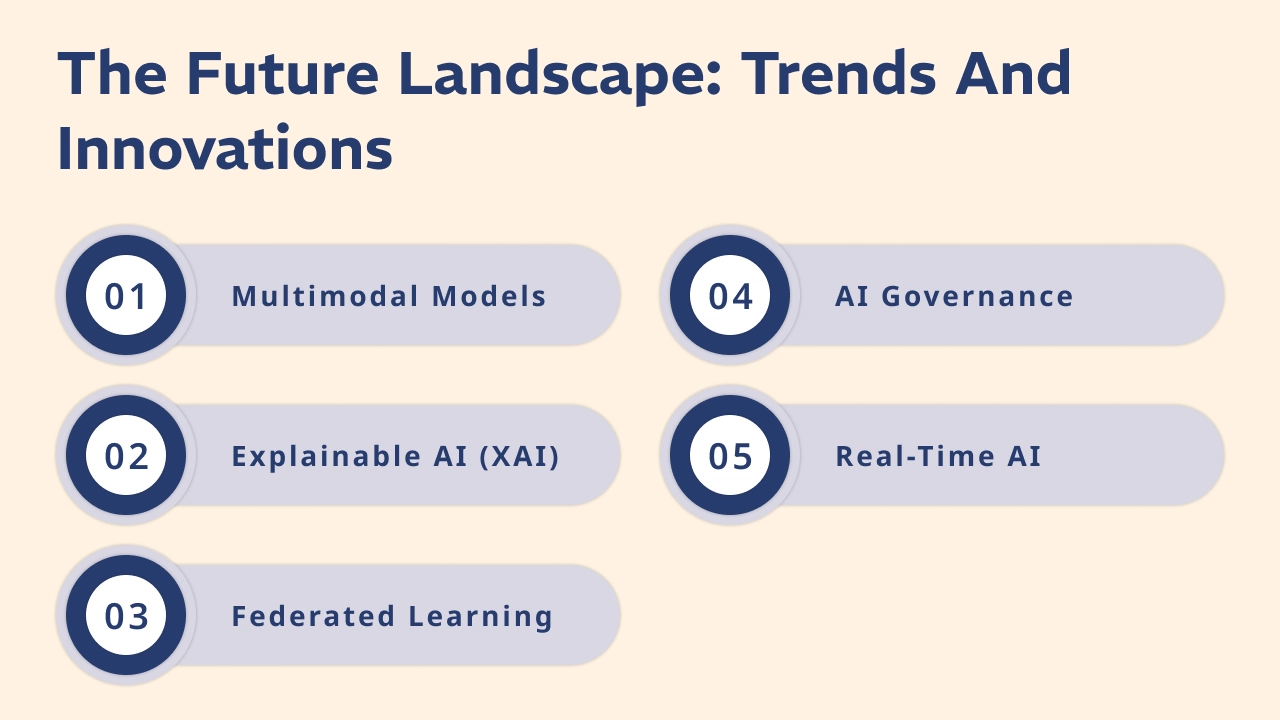
Looking ahead, the boundaries between Generative and Predictive AI are likely to blur as hybrid models emerge. Innovations include:
- Multimodal Models: AI systems that simultaneously process and generate text, images, audio, and video.
- Explainable AI (XAI): Efforts to make AI models more transparent and interpretable.
- Federated Learning: Training models across decentralized data sources to enhance privacy.
- AI Governance: Development of ethical frameworks and regulatory policies.
- Real-Time AI: Systems capable of generating and predicting in live environments.
Organizations that understand and integrate these advancements will gain a competitive edge.
Why Choose True Value Infosoft as the Best AI App Development Company in India
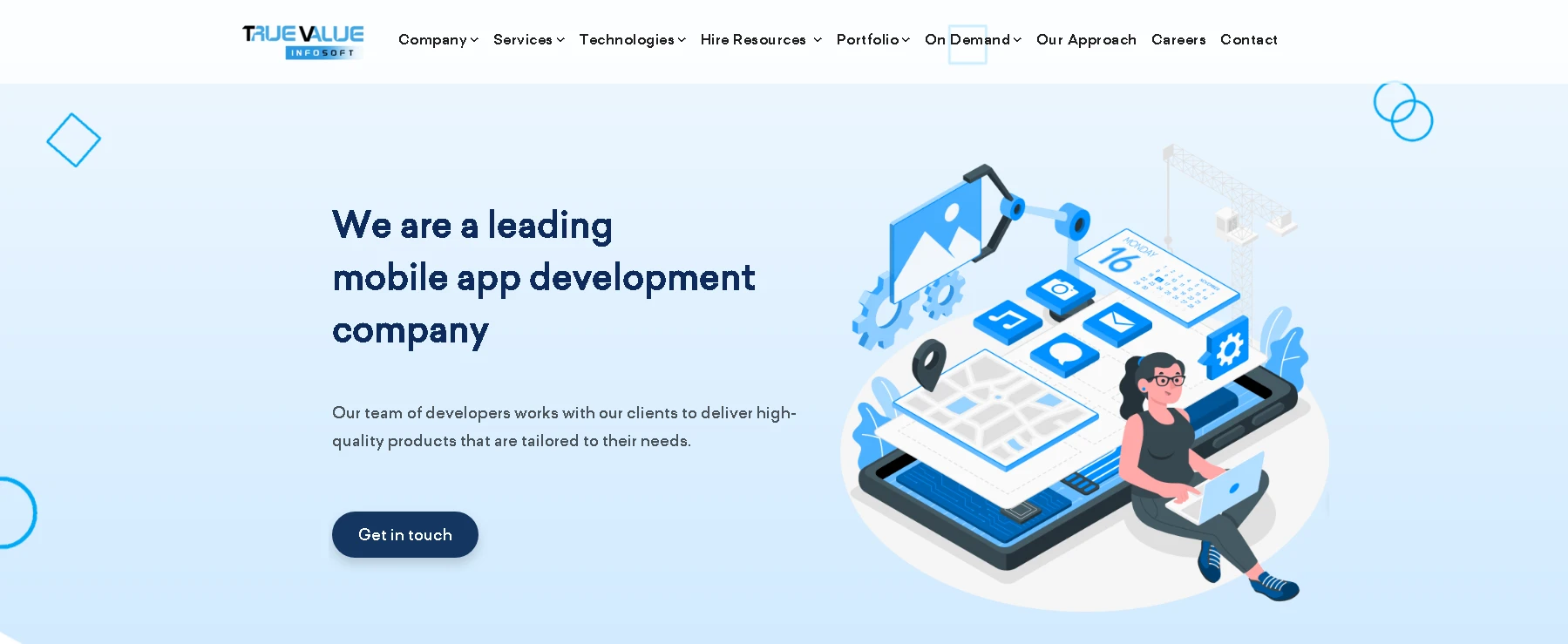
Choosing True Value Infosoft as your AI app development partner in India ensures you leverage the expertise of a top-tier company committed to innovation, quality, and customer satisfaction. True Value Infosoft stands out for its deep technical knowledge, proven track record, and ability to deliver custom AI solutions tailored to diverse industry needs. Their skilled team combines advanced AI methodologies with practical business insights, ensuring apps are not only technologically robust but also aligned with your strategic goals. By integrating cutting-edge AI tools and frameworks, True Value Infosoft creates intelligent, scalable, and user-friendly applications that drive growth and efficiency.
Moreover, True Value Infosoft emphasizes transparent communication, agile project management, and on-time delivery, making the development process smooth and reliable. Their dedication to post-launch support and continuous improvement means your AI app remains competitive and up-to-date with evolving trends. The company’s client-centric approach, competitive pricing, and rich portfolio of successful AI projects further reinforce its position as a leader in the Indian AI app development landscape.
Key reasons to choose True Value Infosoft:
- Expertise in advanced AI technologies and frameworks
- Customized solutions aligned with business objectives
- Agile development and transparent communication
- Strong focus on quality assurance and timely delivery
- Dedicated post-launch support and maintenance
- Competitive pricing with maximum ROI
- Proven success across various industries and domains
Partnering with True Value Infosoft guarantees an AI app development experience that blends innovation, reliability, and business value.
Conclusion
Generative AI and Predictive AI represent two powerful facets of artificial intelligence, each with unique capabilities and applications. Predictive AI equips organizations with foresight, enabling smarter decisions based on data-driven forecasts. Generative AI unleashes creativity, automating the generation of novel and useful content across multiple domains.
By grasping the distinctions and complementary nature of these AI forms, businesses and technologists can strategically deploy them to unlock new opportunities, enhance customer experiences, optimize operations, and innovate beyond traditional limits. As AI continues evolving, mastering both generative and predictive techniques will be indispensable for shaping a smarter, more dynamic digital future.
FAQs
Generative AI creates new content based on learned patterns, such as text, images, or music, while Predictive AI analyzes historical data to forecast future outcomes or trends.
Industries like media, entertainment, design, healthcare, and gaming greatly benefit from Generative AI due to its ability to create innovative content and synthetic data.
Predictive AI provides data-driven insights and forecasts, helping businesses anticipate customer behavior, optimize inventory, manage risks, and improve operational efficiency.
Yes, these AI types can complement each other—for example, Generative AI can produce synthetic data that enhances Predictive AI models, improving their accuracy and robustness.
True Value Infosoft is a leading AI app development company in India with extensive expertise in both Generative and Predictive AI, delivering customized, cutting-edge AI solutions that drive business growth and innovation.
